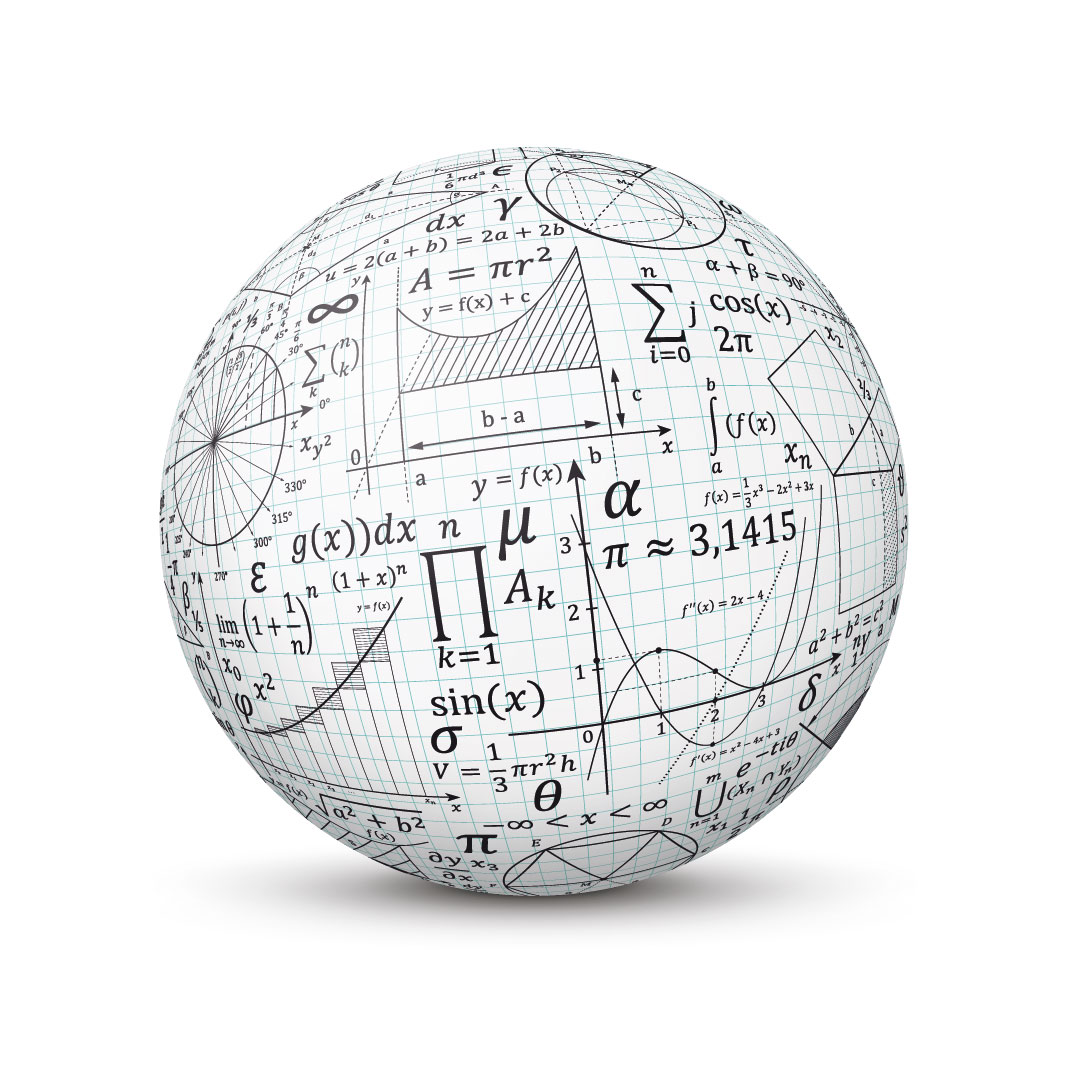
Generating Cardiac Digital Twins at Scale: From Clinical Images to ECG Data

Cardiac Digital Twin (CDT) technology aims to create a high-fidelity virtual replica of a patient’s heart using non-invasive clinical data, enabling real-time monitoring and personalized care. A key challenge lies in scaling the generation of anatomical and functional heart models that accurately replicate individual physiological responses—an essential step for precise diagnostics, risk stratification, and therapy planning. In this talk, we introduce an automated, scalable workflow for generating CDTs by integrating near-fully automatic anatomical modeling with optimization-based and machine learning approaches for functional personalization, based on sinus rhythm ECG data. The anatomical twinning pipeline produces patient-specific, four-chamber volumetric cardiac meshes from
imaging modalities such as CT or MRI. It leverages neural networks for automatic segmentation of major cardiac structures, combined with rule-based techniques to define chamber walls, anatomical landmarks, fiber orientations, and a universal coordinate system spanning atria and ventricles. The workflow further supports automatic generation of extended torso geometries, including labeled regions for the heart, lungs, torso, and blood pools. On the functional side, we show how optimization algorithms can be employed to calibrate the virtual heart's electrophysiological behavior to patient-specific ECGs. These methods focus on reproducing key features of individual ECG waveforms, enabling accurate personalization of cardiac function models.